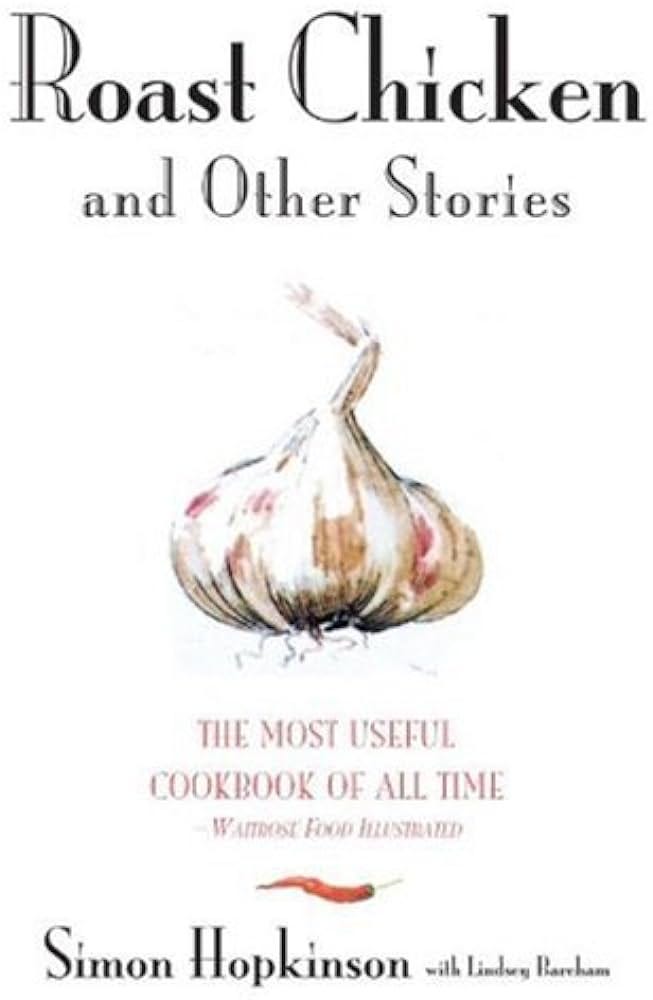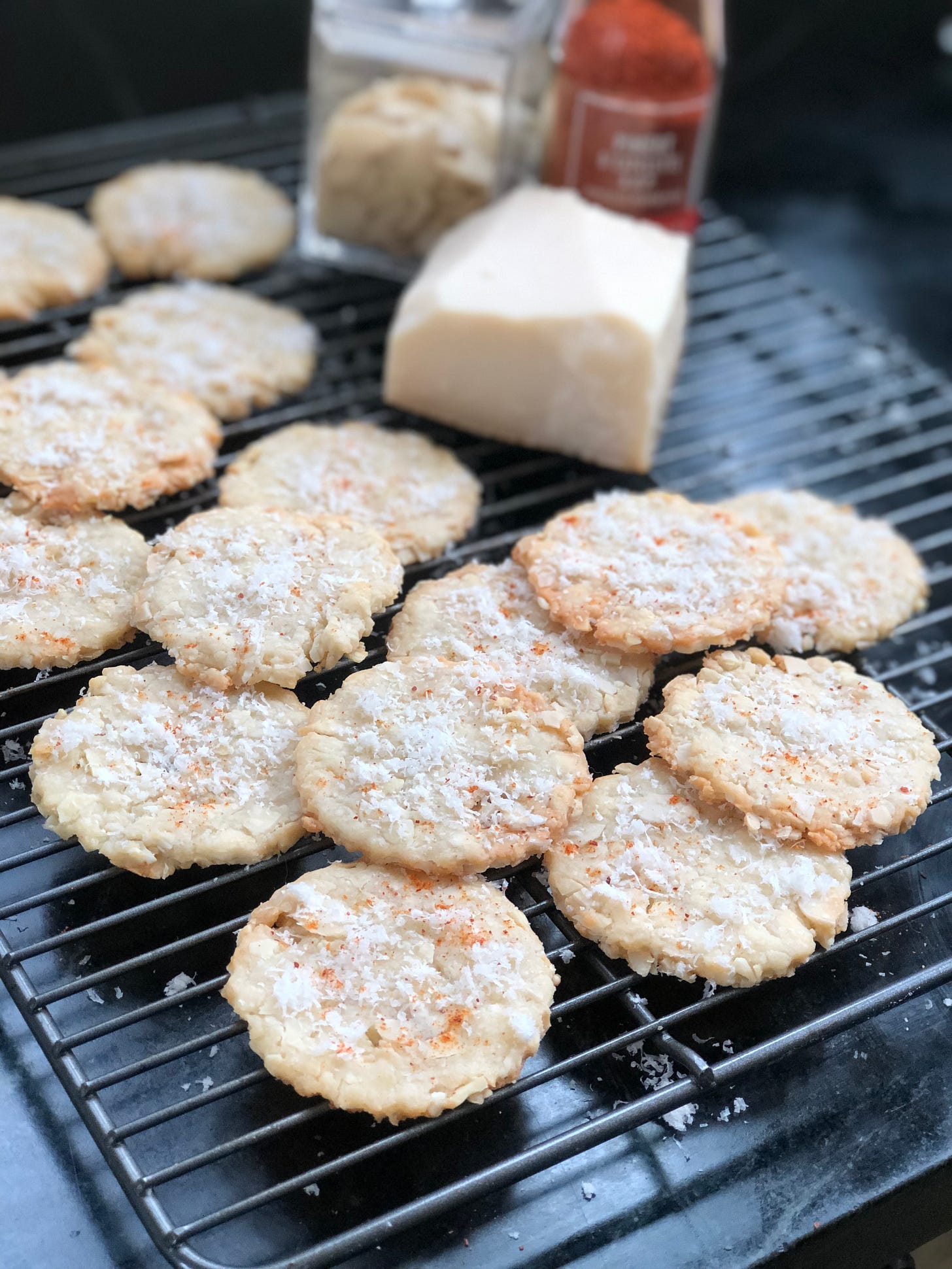Yes, it really is less than six months until Christmas.
When I first got the idea of doing a “Christmas in July” post, the inspiration was my early days in public relations.
Before Instagram, Facebook, Google and the internet itself, telling stories was an old-school media game. Magazines planned their content several months in advance, so pitching gift ideas in July ensured that retailers were well ahead of editorial deadlines for the November and December issues.
At my first PR agency job, this was a production of mammoth proportions. With a roster of clients ranging from The Body Shop, Marks & Spencer, K-Mart, Toys R Us, and HMV, our job was to turn our offices into a Santa’s workshop of the best must-have gifts of the season. There was no snowball’s chance in hell of getting into the high-circulation holiday issues without a July pitch.
Now, of course, all that has changed. In a viral minute or a TikTok twist, suddenly we all want to cook the same thing, do the same thing, go to the same places. In a world of more more more, a four month lead time seems unnecessary at best, absurd at worst.
Counting down to the holidays
Still, some things prevail. Take the old fashioned Advent calendar. A religious tradition that has found a new life in the hands of wily retailer and memory makers, these countdowns to Christmas cater to every taste and whim. From world travel themes—where every day a small item, recipe, fact, or piece of trivia from a different country creates a mini cultural experience— to spices and herbs, science experiments, or meditation calendars, there is something for every taste. And an immutability about a December 1st start date.
I had my own moment of trying to create a similar tradition of sorts. Called the “Cookbook Redux Advent Calendar”, I counted down my favourite cookbooks of years past from December 1st through 25th on Instagram. This seemed to be an especially easy thing to do during Covid; if I wasn’t making dinner for a party of eight, still I could imagine what book I might reach for, and share why.
Everything old is new again
But time and life came back for us all, and finally. Try as I might, it’s become harder and harder to revive that short-lived tradition of mine own. This past December I finally gave up.
Yet there are still so many great cookbooks to celebrate, far more than this weekly missive gives me room for. So this is where Christmas in July comes into play. On the first of the month for the rest of the year—or as near to it as possible—I’ll be sharing a few of my favourite cookbooks. The ones on this list are the unsung heroes of my bookshelf. The writers may be familiar names or unknown, the imprints long vanished or more newly minted, but what they’ll reveal is that, no matter what time of year it is, good, honest delicious food—and joy—prevail.
Turning traditions on their heads
If you’re a planner, you can start your holiday shopping list early with some of these classics. Keep an eye out in your local used bookstore, library shelf, flea market: these surely won’t appear on any “best new cookbooks of 2024” list.
By the end of December you should have 25 great cookbooks to consider, a recipe to inspire you, a new storyteller to follow. And I’ll have found a way to make my quirky little holiday tradition more manageable.
It turns out that lead time is not such an outdated idea after all.
Three to get you started
“Good cooking, in the final analysis, depends on two things: common sense and good taste.” So begins Roast Chicken and Other Stories, a beautifully written and funny cookbook by British writer Simon Hopkinson, first published in 1994.
Arranged in alphabetical order by ingredient, from Anchovy to Veal, the recipes are uncomplicated, highly descriptive, and have the added bonus of gently teaching that really good ingredients, simply prepared, are always a good idea. ⠀⠀⠀⠀⠀⠀⠀⠀⠀⠀⠀⠀⠀⠀
These parmesan crackers, which Hopkinson suggests serving with a very good dry martini, come together from start to finish in less than 30 minutes. Just enough time to make that perfect martini.
Crisp parmesan crackers
Makes about 15-20 crackers
excerpted from Roast Chicken and Other Stories, Simon Hopkinson
6 tablespoons all purpose flour
3 ounces slivered almonds
3 ounces freshly grated Parmesan cheese
3 tablespoons butter, melted
1 egg white, beaten with a pinch of salt
extra parmesan and cayenne, for dusting
Preheat oven to 400F.
Sift flour into a large bowl and stir in Parmesan, almonds and melted butter. Stir thoroughly until combined.
Fold in egg white and form into a dough. Use your hands!
On a lightly floured surface, roll out the dough as thinly as possible. With a 3-inch pastry cutter, cut the pastry into circles and place on a well greased baking sheet.
Bake for 7 minutes or until pale golden. Remove immediately and place on a wire rack. Sprinkle with extra Parmesan and cayenne while still warm.
Biba Caggiano spent a lifetime doing what she loved most: cooking and sharing her knowledge, passion and love of Italian food. Not as famous as Marcella, with a footprint one tenth the size of Lidia’s, Biba still revolutionised in her own way, opening her eponymous restaurant in 1986 in Sacramento, a city that until then did not have a single Italian restaurant.
⠀⠀⠀⠀⠀⠀⠀⠀⠀⠀⠀
I was lucky enough to meet Biba at Bonnie Stern’s cooking school, where, over the course of an evening she shared stories and knowledge with warmth, charm and genuine love. All eight of her cookbooks are excellent, and From Biba’s Italian Kitchen, first published in 1995, has the same personal touch I saw firsthand.
If you seek it out be sure to try the chickpea, mushroom and Swiss chard soup, delicious any time of the year.
It’s no surprise for those of you who know me that a Sicilian cookbook should find its way onto this list. And that the cookbook should come from the heart of Sicily – or at least my Sicilian heart – Regaleali, home of the Anna Tasca Lanza school. The Flavors of Sicily, first published in 1996, focuses not only on seasonal cooking but also the stories and traditions that permeate the island. Recipe to try? Macco, a fava bean puree best made in the spring. To replicate the unique flavour of Sicily’s wild fennel, I add fennel pollen, along with the fresh dill the recipe suggest as a substitute.
⠀⠀⠀⠀⠀⠀⠀⠀⠀⠀⠀
I was blessed to spend 10 magical weeks at Regaleali, part of the Cook the Farm program that Anna’s daughter, Fabrizia Lanza, developed with a passion and fierce love for Sicily that is surely bred in the bone (for another beautiful Sicilian cookbook, check out Fabrizia’s newest cookbook, The Food of Sicily: Recipes from a Sun-Drenched Culinary Crossroads, published in 2023.
Stay tuned for the next post featuring a few more treasures, coming your way in early August!








